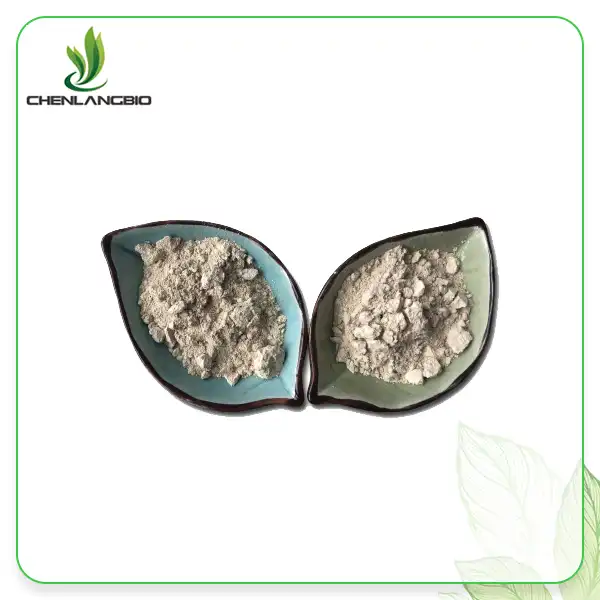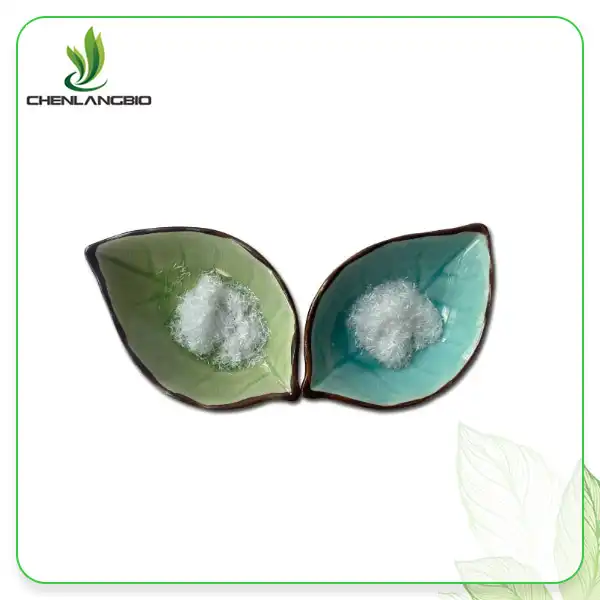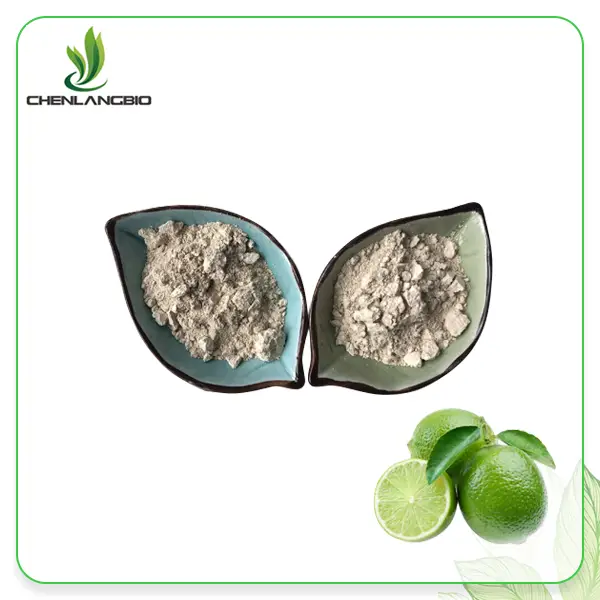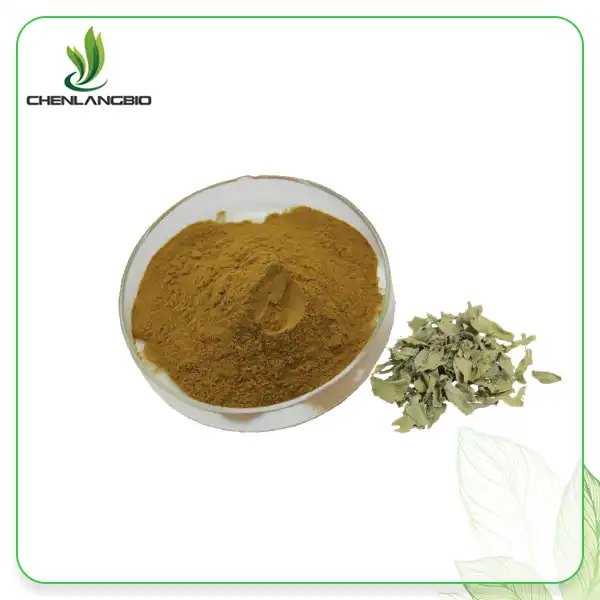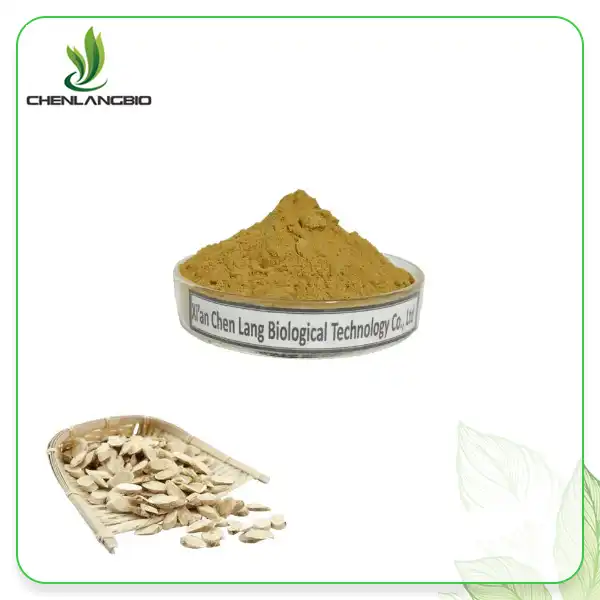Does Sodium Ascorbyl Phosphate Oxidize
2024-07-15 10:40:57
Sodium ascorbyl phosphate (SAP), a water-soluble, extremely stable derivative of vitamin C, is widely recognized for its powerful antioxidant capabilities and skin-benefiting effects. As opposed to pure ascorbic acid, which can oxidize quickly, SAP is made to stay effective throughout time even when exposed to light and air. We will discuss the stability of sodium ascorbyl phosphate, evaluate it against other vitamin C sources, and address commonly asked issues regarding its application in skincare in this blog.
How Stable Is Sodium Ascorbyl Phosphate Compared to Ascorbic Acid?
Chemical Stability
The remarkable stability of Sodium ascorbyl phosphate is one of its main advantages. When exposed to heat, light, and air, ascorbic acid—vitamin C in its purest form—oxidizes rapidly and is highly unstable. This oxidation interaction reduces its viability as well as lead to skin disturbance. SAP, on the other hand, is much more stable and keeps its power for longer. The active vitamin C is protected from degradation by its chemical structure, which contributes to its stability.
Storage and Formulation
SAP's plan and capacity are both stable. Because it can be included in a variety of skincare products without rapidly degrading them, formulators prefer it. Products containing SAP do not require the same stringent storage conditions as those containing ascorbic acid, such as airtight and dark containers. Consequently, SAP becomes a more convenient option for both manufacturers and consumers.
Efficacy Over Time
The enhanced stability of SAP ensures that the active ingredient remains effective throughout the product's shelf life. Studies have shown that SAP maintains its antioxidant properties and continues to deliver skin benefits even after prolonged storage. This is a significant advantage over ascorbic acid, which can lose its effectiveness shortly after being exposed to environmental factors.
Does Sodium Ascorbyl Phosphate Require Special Storage Conditions?
Ideal Storage Conditions
While sodium ascorbyl phosphate is more stable than ascorbic acid, it is still beneficial to store it properly to maximize its shelf life. The ideal storage conditions for SAP are in a cool, dry place, away from direct sunlight. These conditions help to preserve its stability and efficacy, ensuring that the product delivers the desired benefits over time.
Packaging Considerations
Packaging plays a crucial role in maintaining the stability of SAP. Products containing SAP should be stored in opaque or dark-colored containers to protect them from light exposure. Although SAP is less prone to oxidation than ascorbic acid, protecting it from unnecessary light exposure can further extend its shelf life. Air-tight packaging can also help prevent any potential degradation caused by air exposure.
Consumer Practices
For consumers, it is advisable to keep skincare products containing SAP in a consistent, moderate environment. Avoiding extreme temperatures and humidity can help maintain the product's integrity. While SAP does not require refrigeration, storing it in a cool place can be beneficial, especially in warmer climates.
What Are the Benefits of Using Sodium Ascorbyl Phosphate in Skincare?
Antioxidant Protection
Sodium ascorbyl phosphate provides robust antioxidant protection, neutralizing free radicals that cause oxidative stress and premature aging. Its stability ensures that it continues to offer this protection over time, making it a reliable ingredient for long-term skincare routines. Regular use of SAP can help prevent damage from environmental aggressors such as UV radiation and pollution.
Skin Brightening
One of the most notable benefits of SAP is its ability to brighten the skin. It inhibits melanin production, which helps to reduce the appearance of dark spots and hyperpigmentation. Users often report a more even skin tone and a noticeable glow after incorporating SAP into their skincare regimen.
Collagen Synthesis
SAP also stimulates collagen production, which is crucial for maintaining skin elasticity and firmness. Increased collagen levels can help reduce the appearance of fine lines and wrinkles, leading to a more youthful complexion. The gradual release of vitamin C from SAP ensures sustained collagen synthesis, contributing to long-term skin health.
Reduced Irritation
Compared to ascorbic acid, SAP is much gentler on the skin. It is less likely to cause irritation, making it suitable for individuals with sensitive skin or those who have had adverse reactions to other forms of vitamin C. This makes SAP an excellent option for achieving the benefits of vitamin C without the associated discomfort.
How Does Sodium Ascorbyl Phosphate Compare to Other Vitamin C Derivatives?
Ascorbic Acid vs. SAP
Ascorbic acid is the purest form of vitamin C and is highly effective in promoting collagen synthesis and providing antioxidant protection. However, its instability and potential for irritation make it less desirable for some users. SAP offers a more stable and gentler alternative, providing similar benefits without the drawbacks associated with ascorbic acid.
Magnesium Ascorbyl Phosphate (MAP) vs. SAP
Magnesium ascorbyl phosphate (MAP) is another stable derivative of vitamin C. Like SAP, it is less irritating and more stable than ascorbic acid. However, SAP is often preferred in formulations due to its slightly better stability and efficacy in skin brightening. Both MAP and SAP are excellent choices for individuals looking for the benefits of vitamin C without the irritation.
Tetrahexyldecyl Ascorbate (THD) vs. SAP
Tetrahexyldecyl ascorbate (THD) is a lipid-soluble form of vitamin C known for its excellent skin penetration and stability. It is often used in oil-based formulations and is highly effective in promoting collagen synthesis and reducing signs of aging. SAP, being water-soluble, is more suitable for water-based formulations and is equally effective in providing antioxidant protection and brightening the skin. The choice between THD and SAP often comes down to formulation preferences and skin type.
Are There Any Side Effects or Considerations When Using Sodium Ascorbyl Phosphate?
Potential Side Effects
Sodium ascorbyl phosphate is generally well-tolerated, but some individuals may experience mild side effects such as redness, dryness, or irritation, especially when first introduced to their skincare routine. These side effects are usually temporary and can be minimized by starting with a lower concentration and gradually increasing it as the skin adjusts.
Managing Sensitivity
For those with highly sensitive skin, it is advisable to perform a patch test before fully incorporating SAP into the daily routine. Applying a small amount to a discreet area and monitoring for any adverse reactions over 24 hours can help prevent potential irritation. If irritation occurs, reducing the frequency of use or switching to a lower concentration may be necessary.
Interaction with Other Skincare Ingredients
SAP is compatible with a wide range of skincare ingredients, including niacinamide, hyaluronic acid, and retinol. However, it is important to consider the overall formulation to ensure stability and efficacy. Combining SAP with other active ingredients can enhance its benefits, but care should be taken to avoid potential interactions that may reduce its effectiveness or increase the risk of irritation.
Conclusion
Sodium ascorbyl phosphate is a stable and very efficient derivative of vitamin C that offers several advantages for the skin without the instability and irritation of pure ascorbic acid. Because of its endurance in potency, it is a valuable ingredient in cosmetics compositions. For further details on our SAP products or for individualized assistance, please email us at admin@chenlangbio.com.
References
Healthline | The Benefits and Uses of Sodium Ascorbyl Phosphate
Byrdie | Sodium Ascorbyl Phosphate: What It Is and How It Benefits Your Skin
Allure | Everything You Need to Know About Sodium Ascorbyl Phosphate
Paula’s Choice | What is Sodium Ascorbyl Phosphate and How Does it Benefit Skin?
The Ordinary | Sodium Ascorbyl Phosphate 12% Solution
Skincare.com | The Differences Between Vitamin C Derivatives
Dermatology Times | The Role of Vitamin C in Skin Health
WebMD | Vitamin C and Skin Health
Harvard Health | Vitamins for Skin Health
Mayo Clinic | Skin Care: 5 Tips for Healthy Skin
Send Inquiry
Related Industry Knowledge
- What Are the Key Health Benefits of Using Evodiamine Powder?
- Can Ascorbyl Tetraisopalmitate be Combined with Other Actives (e.g., Retinol, Niacinamide)?
- Pelargonium Sidoides: Natural Support for Respiratory Health
- What Does Ascorbyl Glucoside Do to Your Skin? Benefits Revealed
- Is Loratadine Safe for the Heart
- Can I Use Sodium Ascorbyl Phosphate with Retinol
- Is It Okay to Use Bakuchiol Every Day
- Deoxyarbutin Manufacturer for Skin
- What Functions of the Olive Leaf Extract Powder Hydroxytyrosol
- when Should I Take Marigold Extract Powder Lutein Morning or Night




